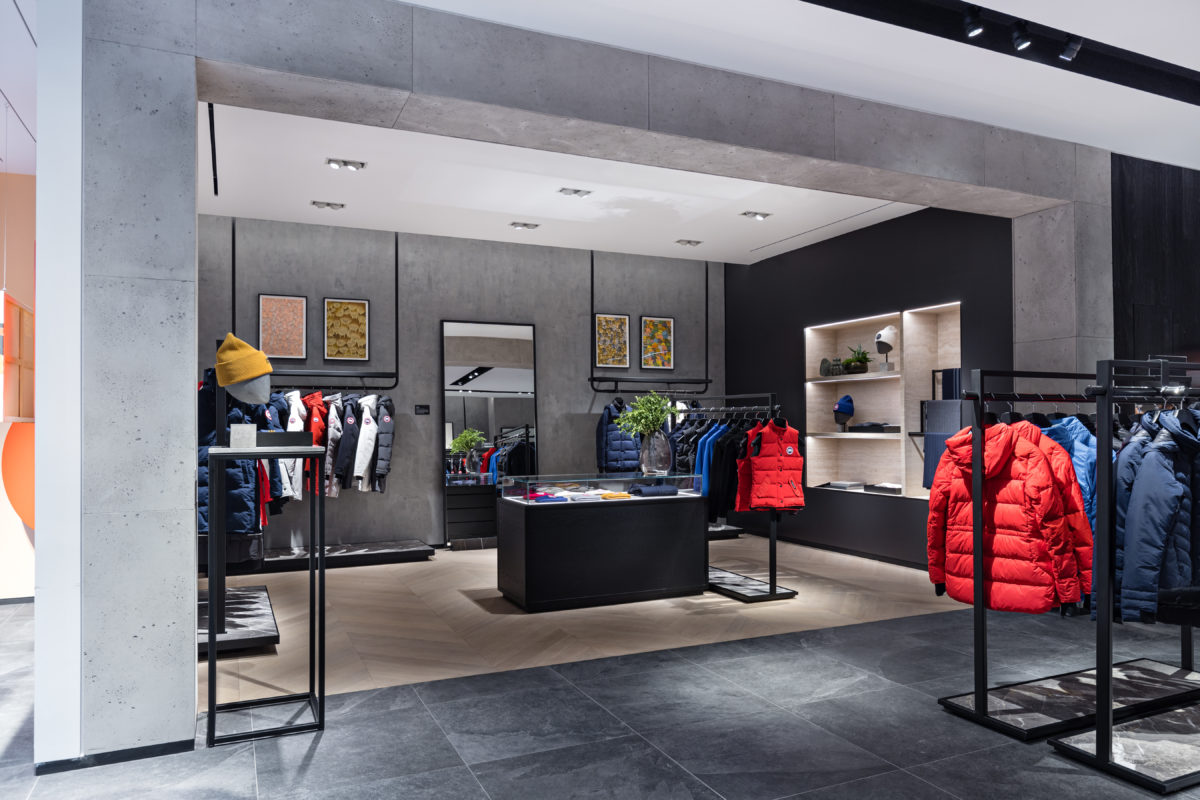BP: One of the things we’re seeing is landlords moving into hybrid retail. So, rather than there being a hard line between a mall and a retail tenant, landlords are creating their own pop-ups and consumer-facing retail spaces – revealing more of their character and enlivening interiors to achieve differentiation. Pre-Covid, this approach was part of a wider positioning and transformation strategy. Now, it has become essential to solve challenges linked to footfall and occupancy rates.
AM: By creating their own marketplaces, landlords can make their malls feel more active and engaged. Some are also having to deal with empty units, which they need to repurpose and transform. Simply throwing in another retail tenant isn’t the answer – it certainly won’t add value to their asset or increase customer footfall. But through the hybrid approach, landlords can take back control of the common areas in malls and department stores. They can break the homogenous unit mould, creating something more local and bespoke that builds genuine consumer engagement.
Take Selfridges Corner Shop, for instance. Billed as ‘a place for creativity and collaboration’, the Corner Shop is a permanent pop-up space within Selfridges that hosts a range of retail concepts. Through this model, Selfridges invests in products from various brands and sells as a wholesaler, rather than leasing a unit. It’s a great example of reclaiming space through hybrid retail innovation.









